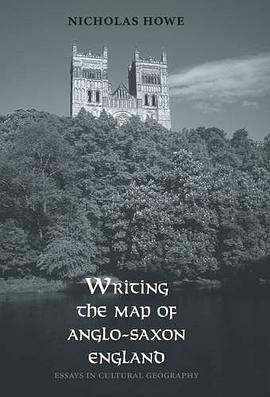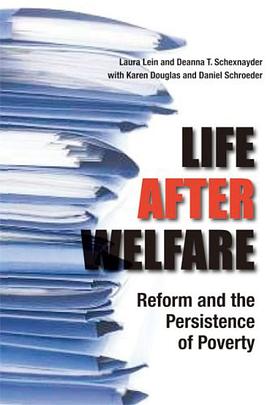

In the early 1990s, Chicago, the nation's third largest city, instituted the nation's largest community policing initiative. Wesley G. Skogan here provides the first comprehensive evaluation of that citywide program, examining its impact on crime, neighborhood residents, and the police. Based on the results of a thirteen-year study, including interviews, citywide surveys, and sophisticated statistical analyses, Police and Community in Chicago reveals a city divided among African-Americans, Whites, and Latinos. Each faced distinctive problems when community policing came to Chicago in 1993, and during the next decade the three communities took different routes. There were tremendous improvements in the citys predominately African-American districts, where crime and fear dropped the most. The city's largely white neighborhoods were already solidly behind the police, yet they too registered significant gains. Under pressure from immigration, the Latino population cleaved in two with predominately Spanish-speaking areas falling behind on multiple measures of crime, disorder and neighborhood decay. Immigration will only continue to grow both in Chicago and around the world.Skogan thus concludes his pathbreaking work with a challenge for the future: more effective ways of responding to the problems facing the city's newest immigrants must now be found.
具体描述
读后感
评分
评分
评分
评分
用户评价
相关图书
本站所有内容均为互联网搜索引擎提供的公开搜索信息,本站不存储任何数据与内容,任何内容与数据均与本站无关,如有需要请联系相关搜索引擎包括但不限于百度,google,bing,sogou 等
© 2025 book.wenda123.org All Rights Reserved. 图书目录大全 版权所有




















